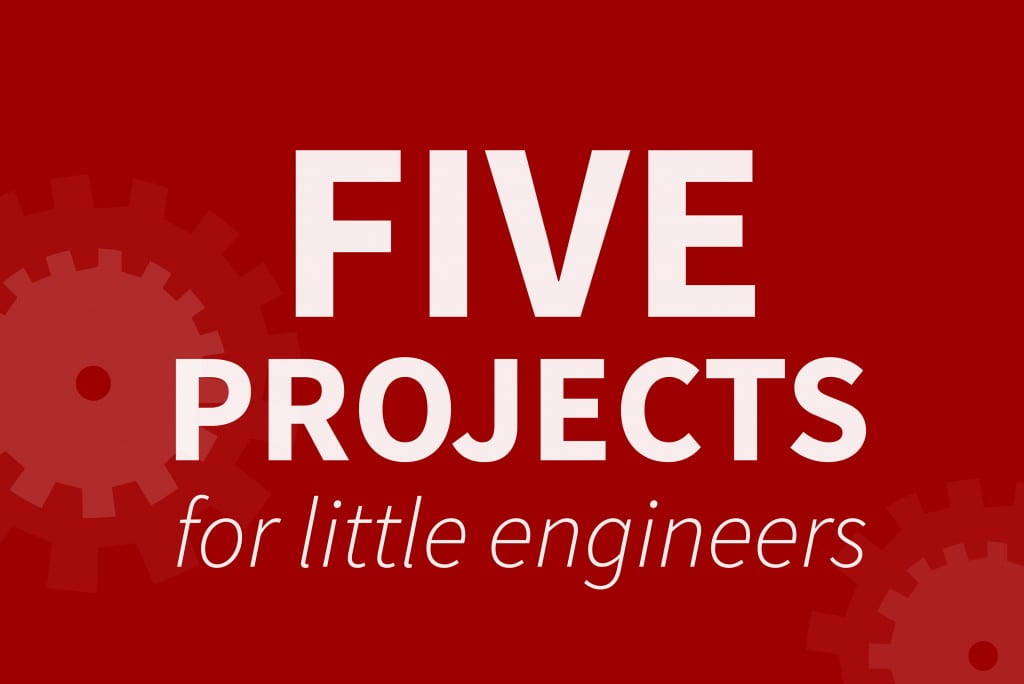To celebration National Engineers Week, we wanted to share our top five engineering projects that are perfect for K-5 students and easily integrated into any science curriculum.
Building a windmill
Suggested Grade Level: 4th-5th
This engineering project is one of our favorites because it simplifies a complex topic like renewable energy into a project that students can relate to. In completing this challenge, students gain understanding about an issue that our world faces today and are empowered to be problem solvers.
Home for a Penguin
Suggested Grade Level: 2nd-3rd
It’s time for your young learners to step into the shoes of an engineer, as they design a habitat for a penguin at a local zoo. This project connects students to a real-world situation, while teaching them important physical science concepts.
Farm Design Project
Suggested Grade Level: 4th-5th
In the job field, constraints play a crucial role in how people solve problems. This project teaches students the importance of considering constraints and how to use them to create the optimal design. This project is also easily integrated into any life science curriculum to discuss concepts around food chains and energy in ecosystems.
Sunshade for Mr. Bear
Suggested Grade Level: K
For many kindergarten teachers, engineering can often seem daunting and far too complex. But we love this project for its simplicity and the way that it relates to young learners. Although kindergarten students may not understand the impact that rising temperatures have on different ecosystems, they do understand that they can help Mr. Bear by building him a sunshade to stay cool.
Putting on a Show with Light and Sound
Suggested Grade Level: 1st
The biggest difference between tinkering and engineering is the process of redesign. This project is great for illustrating the importance of continually improving your design until it’s the best it can be. Besides illustrating redesign, the project is wonderfully engaging and interactive, and it allows you to easily incorporate topics like sound, patterns and body systems into an engineering project.
February 2016 | by, Gennafer Barajas
